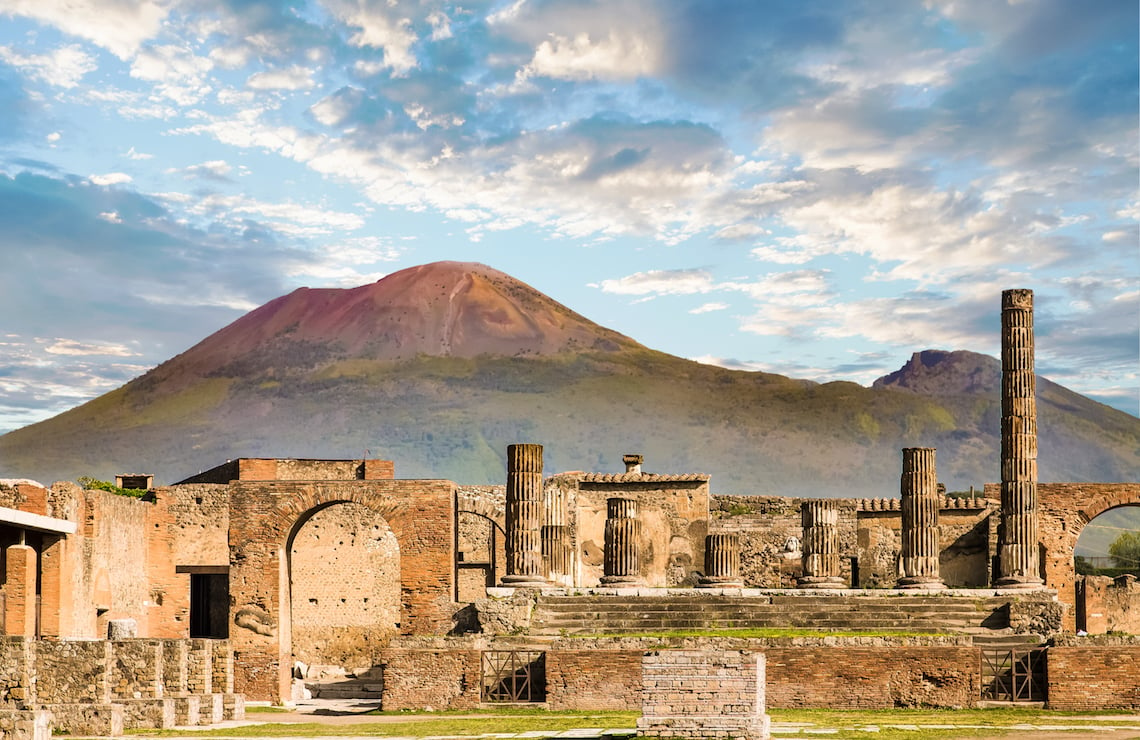The foot of Italy’s boot is easily overlooked when compared with the iconic peaks of the Dolomites and the snow-dusted Alps to the north, but there are so many adventures in southern Italy just waiting to be discovered. Huge and unspoiled national parks have remained largely untouched due to a lack of funding, or even fear of the Mafia (more on that later), while ancient civilisations and restored Roman ruins are begging to be explored on foot.
The sun-bleached south enjoys unusual scenery, from infamous active volcanoes to vast underground cave systems and everything in between. Adventures in southern Italy also include high-octane thrills for the courageous among us, such as speedy ziplines and wobbling suspension bridges that will test the nerve of even the bravest head for heights.
Foodies will be in for a treat in the south too. You can’t leave without sampling a pizza in Naples, thought to be the best throughout the whole of Italy. In fact, the Margherita pizza was created for Queen Margherita when she visited the city, so you might want to hold the toppings here – this is one pizza that’s fit for a queen. Meanwhile, in the more remote areas, a mouth-watering array of locally grown produce such as zesty lemons and sun-ripened tomatoes add a real punch of flavour to hearty meals.
Naples and Bari are the primary airports that serve Italy’s south, and there are good transport links between the main towns, although you may want to hire a car if you plan to travel around a lot. There’s no feeling quite like zooming along roads flanked by vineyards and olive groves or tackling the tight and twisting roads of the Amalfi Coast in a Fiat 500. It’s all part of that quintessential southern Italian atmosphere.
The main thing you’ll notice when having adventures in southern Italy, however, is the people. Their warmth and hospitality oozes from every cobbled street and mountain refuge; they’ll greet you with outstretched arms like their long lost cousin and give you the shirt off their back along with all the food they’ve ever grown if you happen to be invited in for dinner (which happens a lot). It’s this southern charm that really makes visiting worthwhile.
Walk the Path of the Gods
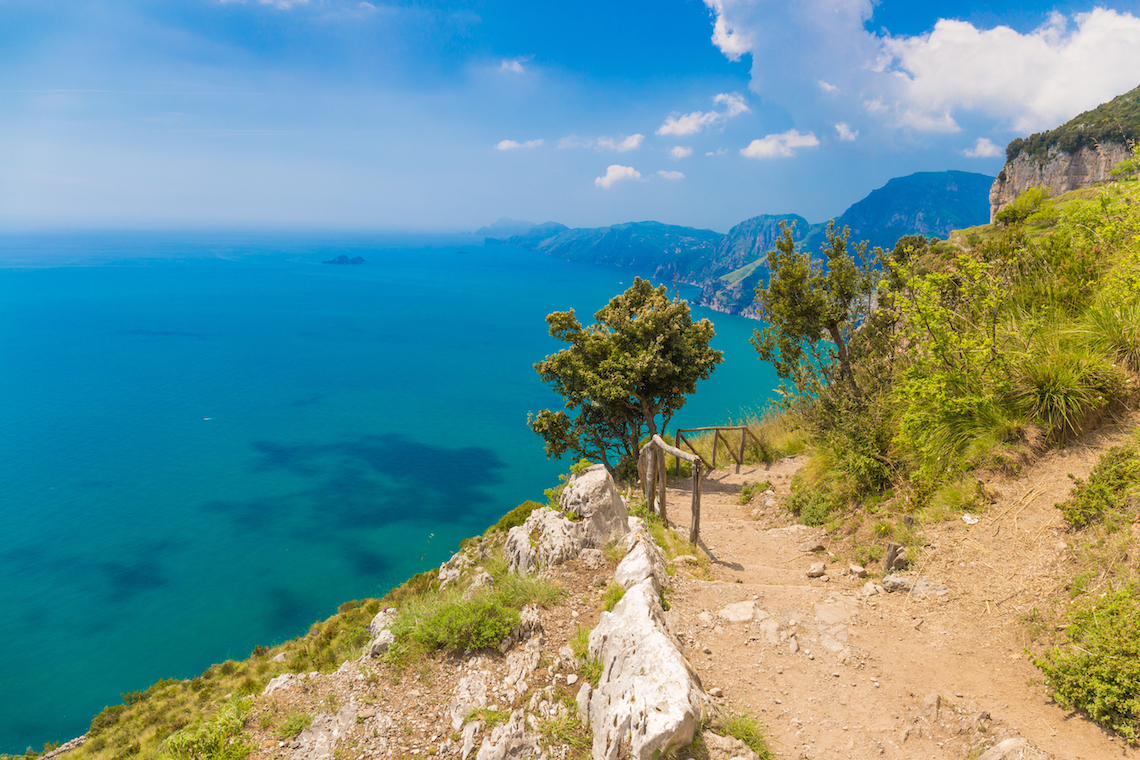
We hardly need to explain why this coastal walk along the majestic Amalfi Coast deserves a place on your adventures in southern Italy bucket list, when it bears the name Path of the Gods, or Sentiero degli Dei in Italian. The celestial trail boasts some of Italy’s most mouth-watering coastal scenery, with sweeping views of the azure Mediterranean glimmering with effervescence under a golden Italian sun. The path meanders along limestone mountains, charming orchards and vibrant meadows buzzing with wildlife for some four miles between the picture-perfect towns of Praiano and Positano. Here, a rainbow of coloured houses cling to the cliffside, complete with an enchanting pebble beach tucked away in the cove. It makes for a pretty perfect place to end your walk with a plate of seafood pasta and a glass of chilled white wine.
The pathway itself was originally built by farmers, who needed to walk their livestock to villages which were scattered along the coast, before the roads were built in the 20th century. The shepherds and farmers of today still use the route to access their vegetable gardens, woodlands, lemon groves and vineyards. Along the way you’ll find a plethora of hidden caves to explore, alongside some hopelessly idyllic spots to refuel with a glass of fresh lemonade squeezed fresh from locally grown lemons. Heavenly.
Visit the ghost town of Craco
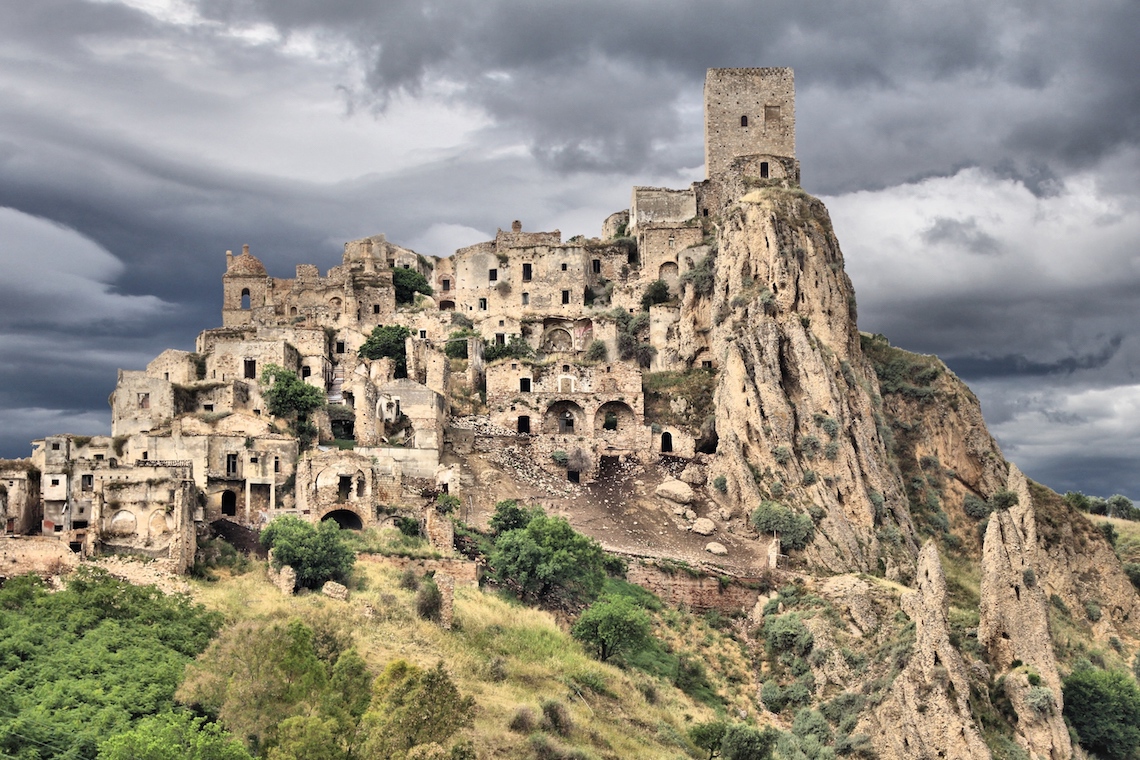
This deserted village has starred in the likes of Mel Gibson’s Passion of Christ and the Bond movie Quantum of Solace, and it’s fast becoming one of the most sought-after adventures in southern Italy. The eerie streets of Craco, found at the instep of Italy’s boot and perched on top of a 400m cliff, seem as though they were vacated overnight, leaving the houses, churches and plazas abandoned. Darkened windows are set in crumbling buildings like the hollowed eyes of a skull, and tombs dating back to the 8th century have been found here, suggesting the original village may have been a stronghold during the Iron Age.
At one point in time, the village may have also been a monastic centre, a major feudal town with many plazas and even a university, but after several plagues and famines the population was depleted over the years before finally succumbing to natural disaster when several landslides hit throughout the 1950s and 70s. It was 1963 by the time the final thousand residents were forced from their homes and relocated to Craco Peschiera in the valley below. The ghost town still retains its precarious position, despite many more earthquakes and landslips, and you can now discover many of its original features on a guided tour through the crumbling streets.
Climb Mount Vesuvius
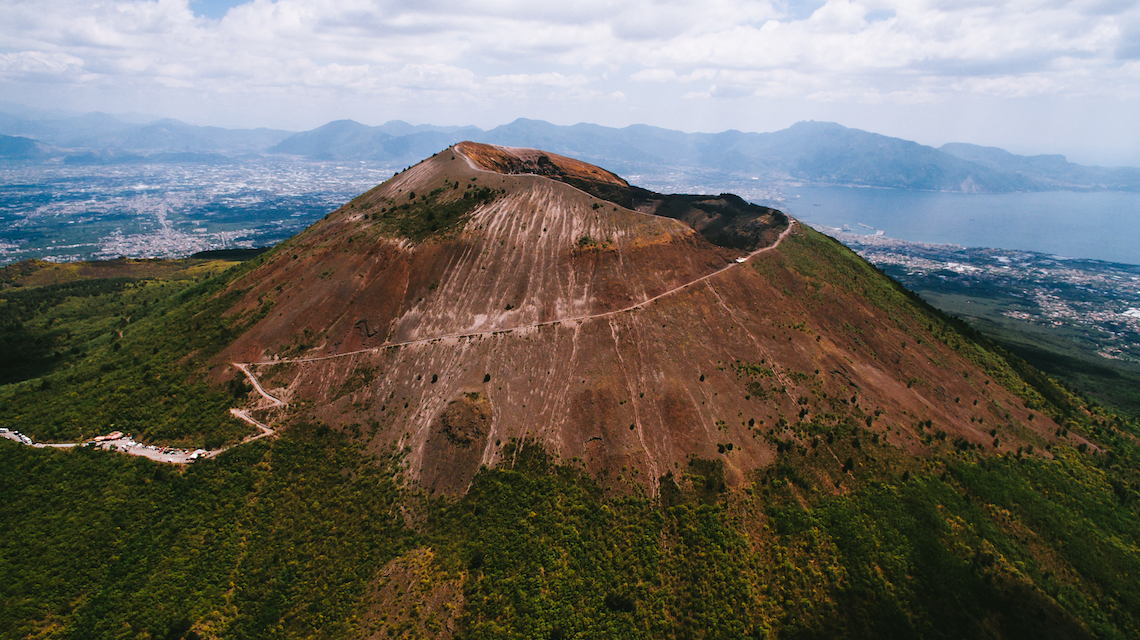
Meet the mighty mountain that drowned Pompeii in a sea of fiery ash all those years ago, and still rumbles on to this day, with a climb up its lava-strewn slopes – one of the most famous adventures in southern Italy. As Vesuvius (1,281m) is thought to be one of the most dangerous active volcanoes in the world, following the trail to its crater makes for a thrilling adventure. Don’t panic, it won’t start spewing lava once you’re already halfway up. Modern technology can predict an eruption up to weeks in advance, so chances are if the trails are open, you’re pretty safe.
Best attempted during spring or autumn, when the searing heat resides a little, you can easily follow the trail to the crater independently or as part of a tour (which usually depart from Naples). Tour buses tend to take visitors to the highest car park, which then involves a short hike to the summit up a series of steps and wide pathways.
If you’re visiting in a car, you’ll have to park at the lower car park, which simply means you’ll be hiking for longer to reach the top. Peering over the crater rim at the summit is certainly awe-inspiring, although the lava there is long hardened, and not the bubbling orange pool your inner ten-year-old likes to imagine. At the top you’ll find refreshments, and when I visited, our tour guide dug a hole and demonstrated how the ground underneath your feet was hot enough to cook an egg – a fascinating look into nature’s never-ending talents.
Explore the archaeological site of Pompeii

Explore the fascinating city that was frozen by fire after the eruption of Mount Vesuvius in 79AD, and experience a town forever suspended in time. Adventures in southern Italy don’t get much more iconic than this! History buffs will appreciate the astonishing preservation of this Roman civilisation, while the incredible mummified remains entertain a morbid curiosity. The haunting remains are also a stark reminder of the remarkable force of nature.
Opt for a guided tour of the recovered site and you’ll gain amazing insights into the inner workings of ancient Pompeii and what life was like for the Romans who lived there. Thanks to the extraordinary way in which hardened lava has maintained the buildings and streets, we are even able to identify public structures, such as the city’s baths and basilica, as well as two theatres and the capitolium, which is an ancient temple devoted to the Roman gods Jupiter, Juno and Minerva. You can even check out ancient graffiti found on many of the surviving walls, as well as intricate interior frescoes that reflected daily life for the inhabitants and inferred a sense of glamour and appreciation for the arts.
Perhaps even more fascinating, is the site’s water supply system, as the Romans were known for their advancements in this area. You can clearly see the water channels and valve systems that provided water to the city through an aqueduct; an incredible feat of hydraulic engineering for the time.
Check out Castellana Caves in Puglia

We couldn’t make a list of the best adventures in southern Italy without a mention of this complex system of caves found right in Italy’s heel, near the city of Bari, which are known for the thousands of stalactites and stalagmites found within. The caves are thought to be of Karst origin and the entire complex is one of the largest of its kind anywhere on Earth, with nearly two miles of tunnels, passageways and chambers to explore.
Filled to the brim with weird and wonderful rock formations, the pièce de résistance of these caves is La Grave, a gigantic atrium where sunlight is filtered through from above to create wonderful displays of light and colour which change throughout the day. As the sunlight reaches the mineral-streaked stalactites, they come alive with a rainbow of colour; a truly unusual phenomenon.
Another of the system’s unique caverns is known as the White Cave thanks to its alabaster walls that are adorned with glittering stalagmites and crystals. It’s thought that the whole cave system was formed approximately 100 million years ago, as the surrounding landscape began to emerge from the sea. A foray into their depths certainly makes for an interesting adventure for adults and children alike. Don’t forget to keep an eye out for the unusual fauna that call these caves home, such as several species of (harmless!) bats and rare crustaceans, as well as a unique, cave-dwelling grasshopper.
Go scuba diving to find the sunken city of Baia

Experience one of the world’s few underground archaeological parks on one of the most epic adventures in southern Italy by scuba diving to the sunken city of Baia, located just off the coast in a cove north of Naples. Often referred to as the Las Vegas of its time, Ancient Rome’s Sin City was the place to be for powerful statesmen and emperors alike. Big names such as Nero, Cicero and Caesar were known to have visited the area. Here, they built luxurious villas and indulgent spas where they could indulge in illicit goings-on and luxurious hedonism along with the rest of the elite.
The partying drew to a halt in the 8th century, when the city was ransacked by the Saracens, and ultimately abandoned by 1500. Slowly but surely, the remains were flooded as the water level rose (due to volcanic vents that had once heated the many spas), and the town was lost to the sea.
Nowadays, the best way to explore Ancient Rome’s answer to Vegas is by diving down there and swimming among the ruins, complete with statues, mosaics and ornate objects that remain intact. You can also see the city by glass-bottomed boat or on a snorkelling tour, but if you have a licence, diving is surely the closest look you’ll get of this fascinating slice of history.
Ride the Flight of the Angel
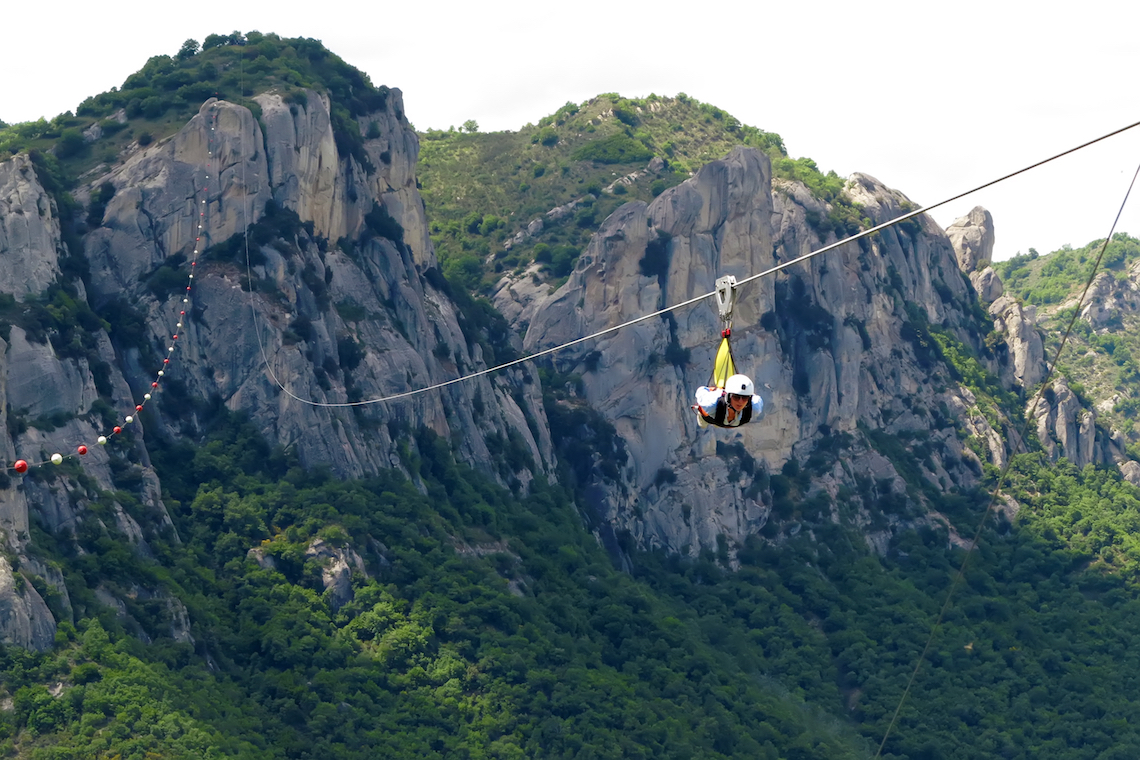
Deep in the heart of the Dolomiti Lucane, the rural villages of Pietrapertose and Castelmezzano crown two opposing mountains, clinging to the rock as though sprinkled there by giants long ago. Despite being two of the most beautiful villages in Italy, they remain largely unexplored thanks to their remote location. It’s possible to drive or walk between the two towns, but if you’re looking for unusual adventures in southern Italy, there’s a mile-long zip wire named Volo dell’Angelo: Flight of the Angel.
You can ride Volo dell’Angelo in either direction, reaching speeds of up to 75mph as you fly 400m above the ground, at an altitude of approximately 1,020m. Heavenly views of the Basilicata Mountains surround you on all sides, if you’re brave enough to keep your eyes open that is.
Alongside the likes of the peregrine falcons and splendid red kites that make their nests in these parts, you’ll have the most coveted bird’s eye view for miles around. The zipline is open during the summer months and you can book online in advance. Be sure to wear a t-shirt or long-sleeved top as those wearing vests or tank tops will not be permitted to ride.
Sleep in a cave hotel in Matera
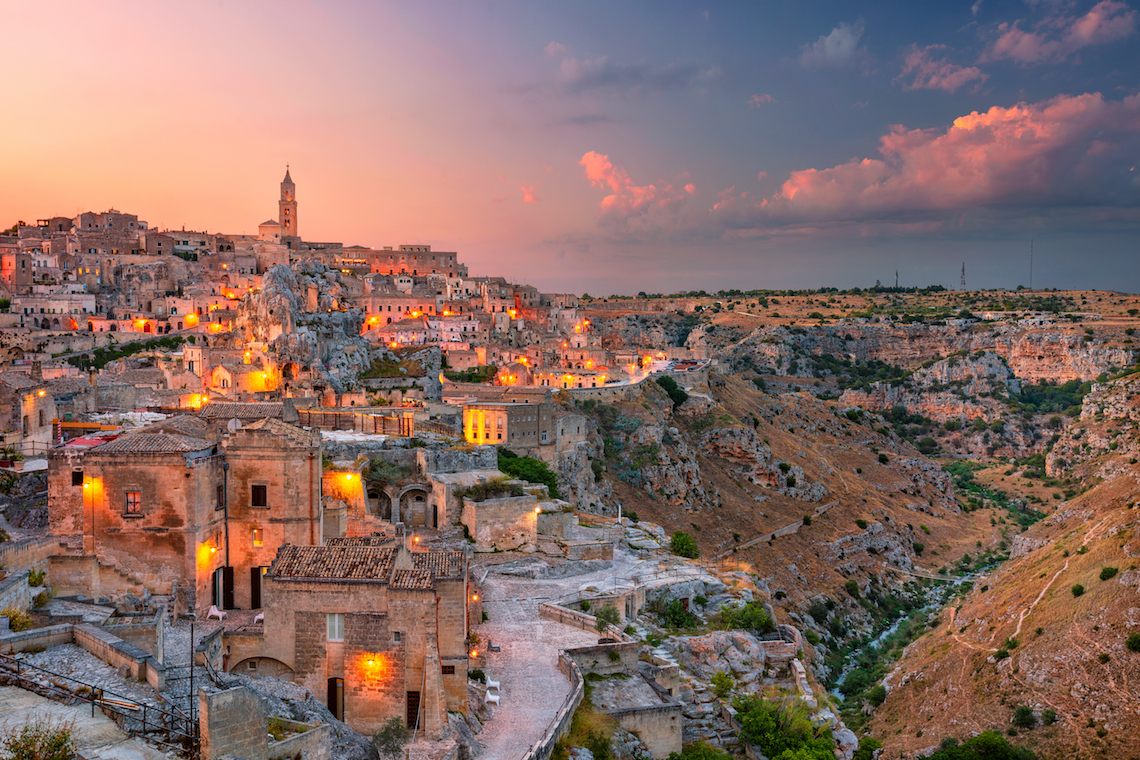
Head to Matera, southern Italy’s city of caves, and you’ll have the chance to sleep in a dwelling first occupied over 9,000 years ago, which is nowadays one of the best adventures in southern Italy. As one of the world’s oldest cities, Matera’s homes and churches have been carved into the very rock of the Gravina Gorge, with the more elaborate buildings built on top. Once a national disgrace due to terrible living conditions, the caves of Matera were evacuated in 1952 and have since been lovingly restored to house museums, such as the Casa Grotta di Vico Solitario, rock churches and cave hotels, where you can spend the night in one of these fascinating grottos.
Once overcrowded and plagued with chronic poverty and disease, the caves carry a poignant history, which travellers can now respectfully discover when staying in one of the many restored dwellings. Airbnbs and hotels alike are connecting tourists back to the roots of the Sassi (literally translated as ‘stones’) that once housed many generations of impoverished Italians.
If unusual, quirky stays are your thing, you can also check out the Trulli houses of nearby Alberobello. These charming conical structures are thought to have been built in the 1500s and their utterly charming appeal is not lost on modern day travellers. The simple, limestone Trulli were miles ahead of Matera’s caves, with insulation, a system to collect rainwater, and even in-built fireplaces and ovens. You can now stay in a restored Trulli villa to get a real taste of these characteristic prehistoric buildings.
Explore Pollino National Park
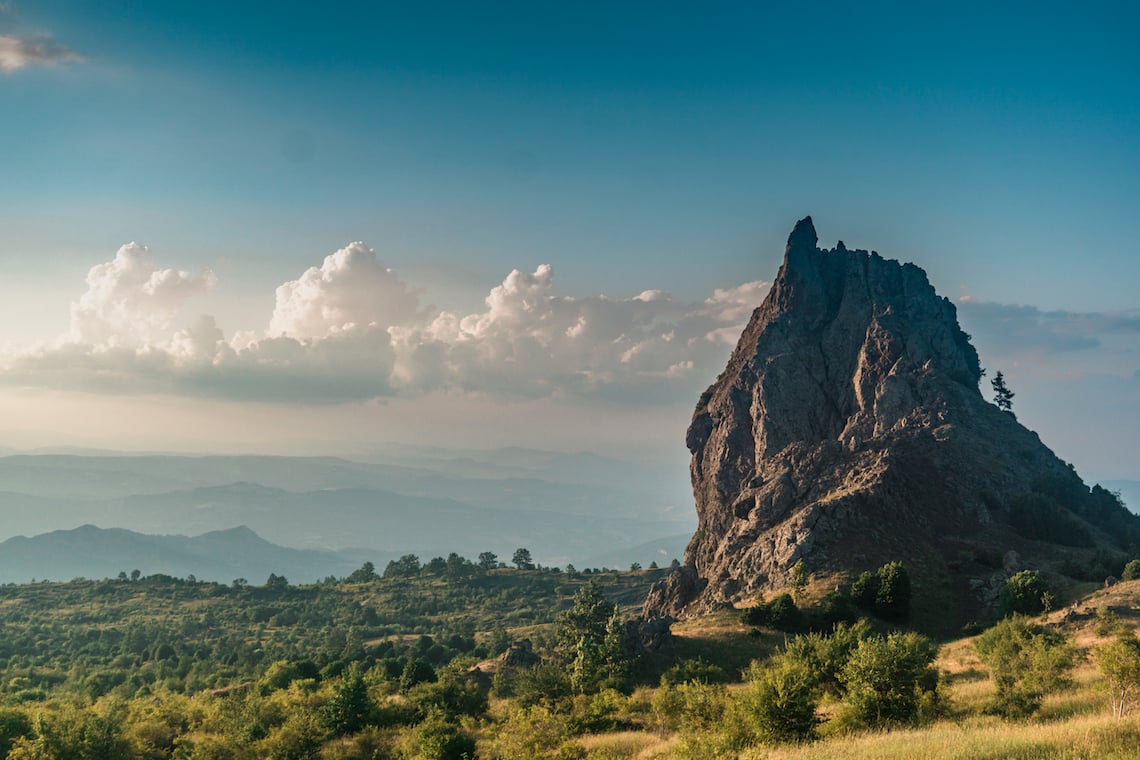
You might be surprised to learn that Italy’s largest national park is actually located in the south and is also home to Europe’s oldest scientifically dated tree, a Heldreichs’s pine dating back over 1,232 years. It’s also home to some of the best adventures in southern Italy! You can climb the park’s highest peak, named Serra Dolcedorme – the Queen of the South – which is an incredible 2,267m high and enjoys sensational views overlooking the Pollino Massif.
It’s a challenging 11-mile day hike to the top and back from the town of Viggianello, but well worth it when you factor in the charming forest trails and spectacular Pollinello ridge. Visitors to the park should keep their eyes peeled for Apennine wolves, roe deers, and otters on their travels as well as keeping an eye on the sky for rare species of bird such as peregrine falcons, eagle owls and golden eagles, all of whom also call the park home.
Once you’ve had your fill of the trails, rafting and canyoning are some of the other popular activities you can partake in, thanks to the abundance of natural falls and gorges of the Lao River, which runs from the Serra del Prete peak (2,181m) and flows through a magnificent rocky landscape shaped by the rushing waters. Head to the towns of Laino Borgo or Papasidero to find professional rafting guides and tours.
Cross the Bridge to the Moon

This incredible suspension bridge can be found connecting two peaks in the Apennines of Basilicata and is certainly not for the faint-hearted. The Ponte alla Luna, or Bridge to the Moon is over 300m long, suspended 400m from the creek below and can be accessed from the historical mountain town of Sasso di Castalda. Here, you can buy your tickets next to the town’s church, at a cost of €15 per person.
The bridge is named to honour a mechanical engineer named Rocco Petrone, the son of emigrants from Sasso and a director of launch operations at NASA’s Kennedy Space Centre who helped to launch the first astronauts to the moon.
Experience a rush of adrenaline as you traverse the bridge’s gaps, attached via a harness and safety ropes to prevent you from falling through into the vast nothingness below. At the end of the main bridge (there is a shorter first bridge to cross at the start), you’ll find an incredible glass platform boasting panoramic vistas of the surrounding mountains, and the village of Sasso nestled among them. It takes most thrill-seekers approximately half an hour to cross the bridge, and you’ll certainly need to bring a head for heights if you hope to cross successfully.
Visit Aspromonte National Park

Head to Italy’s lesser-visited toe and you’ll discover a rugged paradise known as Aspromonte National Park, which covers nearly one third of the sun-drenched region of Calabria and makes for some epic adventures in southern Italy. The remoteness of the region was once a draw for the local ‘Ndrangheta Mafia, who used the hiking trails to transport contraband and kidnap victims. Nowadays, the fear of local criminals (even though all Mafia activity has long been driven underground) and a minimal tourism budget, has meant Aspromonte remains one of the most unspoilt corners of Italy.
A wealth of wonderful nature trails criss-cross the park, with the crowning jewel found at Pietra Cappa, in the Valle delle Grandi Pietre or Valley of the Large Rocks. Here, you can find the most famous monolith of Calabria, an incredible stone structure set on a ridge that has long inspired local myth and legend.
Fly into Lamezia (a two-hour drive from Aspromonte) and stayat Il Biancospino, a mountain refuge which currently serves as the only accommodation within the park itself. Here you’ll find welcoming locals ready to show you the unspoilt surroundings of their home and cook hearty Italian fare to keep you going.
Hike the Laterza Gorge
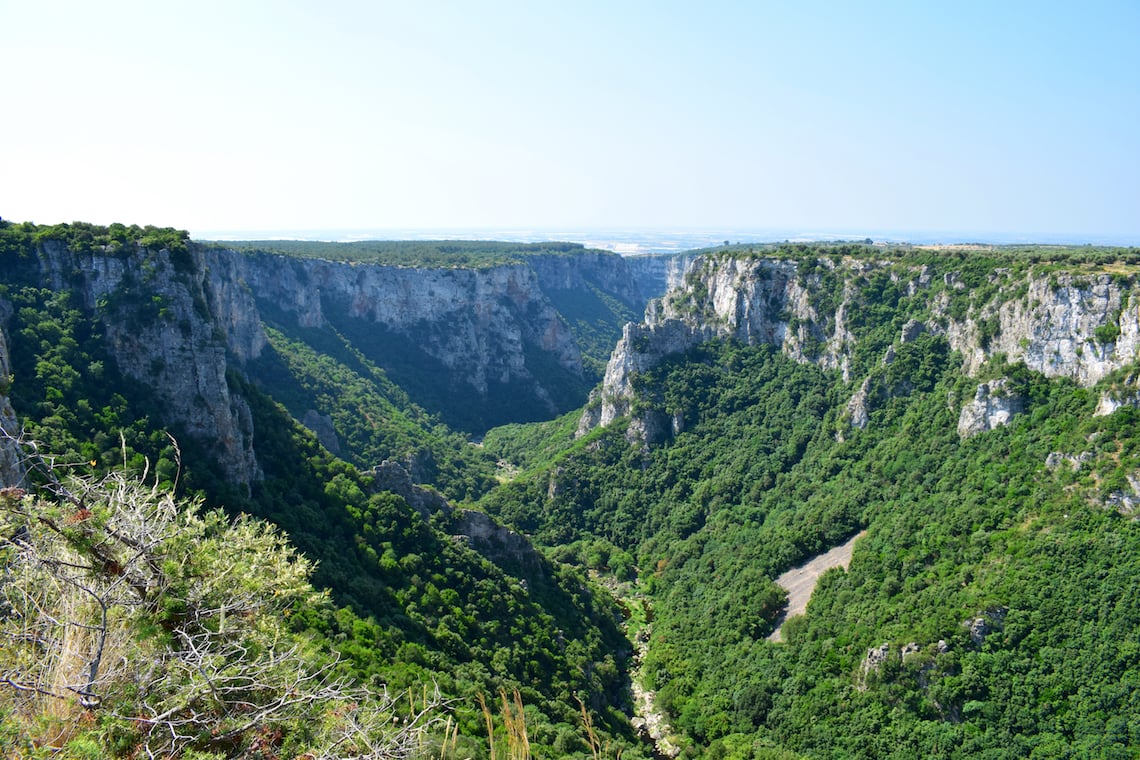
While the ravine of Matera is more well-known (the Gravina Gorge into which Matera’s famous caves were carved), the Laterza Gorge is sometimes referred to as the Grand Canyon of Apulia, thanks to its incredibly dramatic landscape. During spring and summer, the ravine floor is awash with a sea of wildflowers, while incredible raptors soar overhead. The gorge itself is nearly nine miles long, 400m wide and cuts through the plateau of the Tarantine Murge, snaking all the way down from 400m above sea level to the coastal plain.
Avid birdwatchers will be in heaven here, with incredibly rare species such as the Egyptian vulture and the royal owl nesting in cracks and crevices of the immense walls of the ravine. Wolves and wild boar have also been spotted in the area in recent years.
There are three hiking trails of varying difficulty to explore, alongside many incredible rock-climbing routes for the more fool hardy.
More incredible adventures in southern Italy
To find more sensational adventures in southern Italy, check out the Italia tourism website. Alternatively, download our full adventure guide to Italy here.



